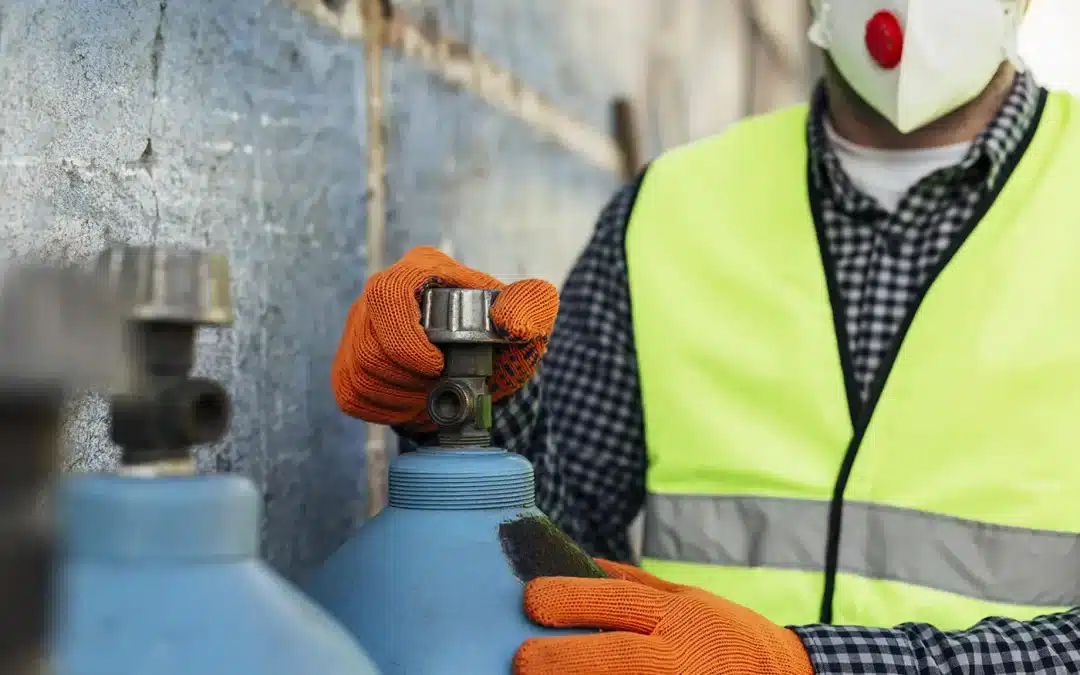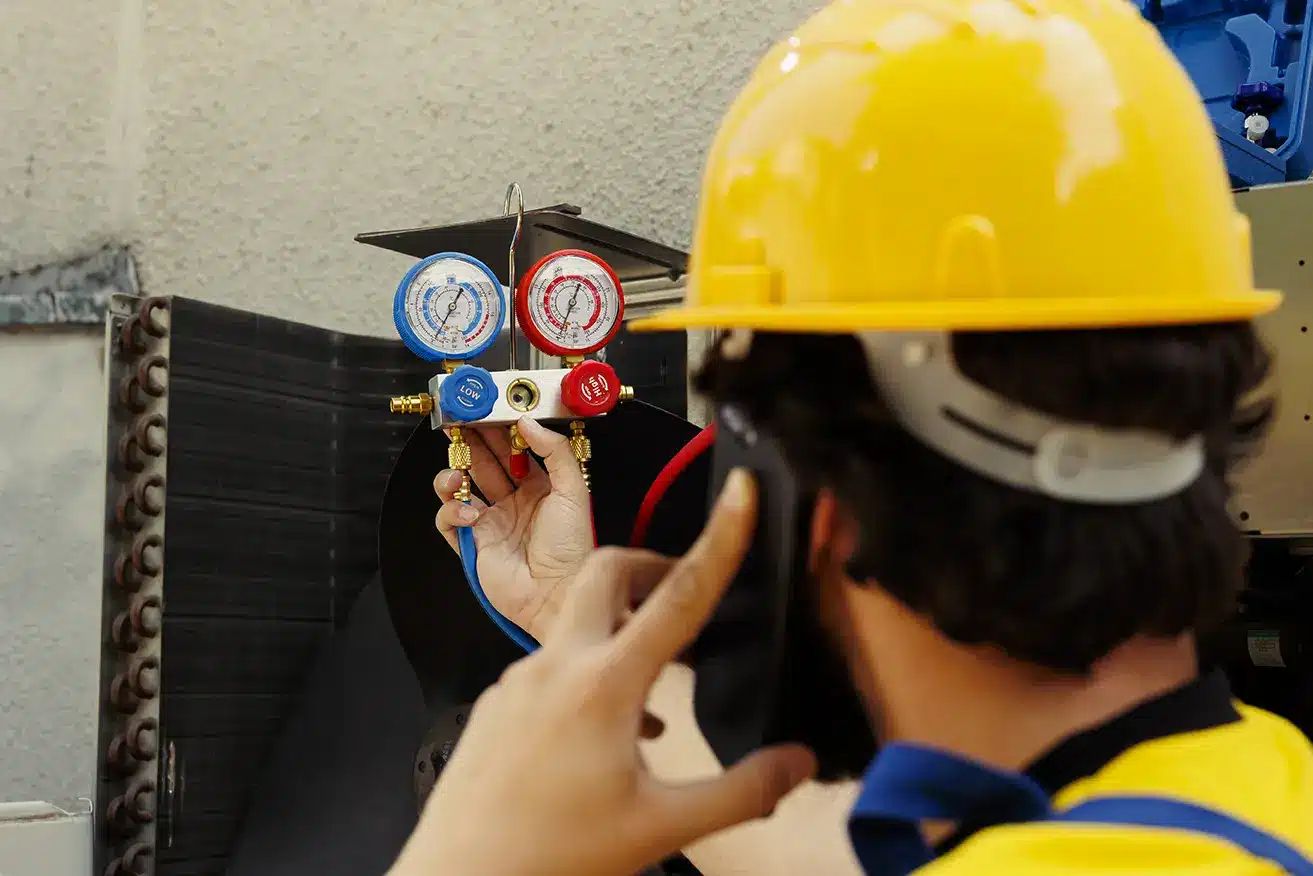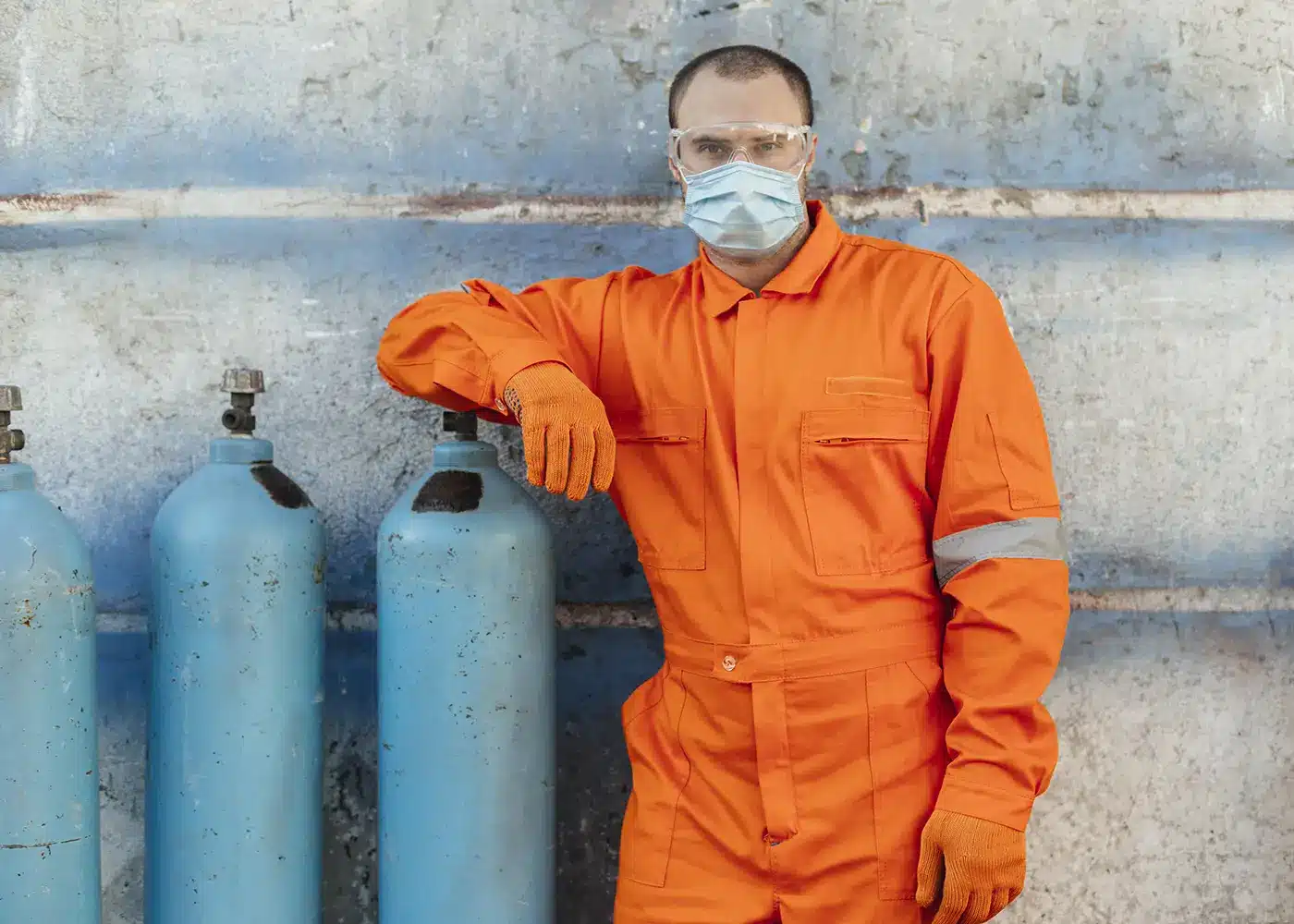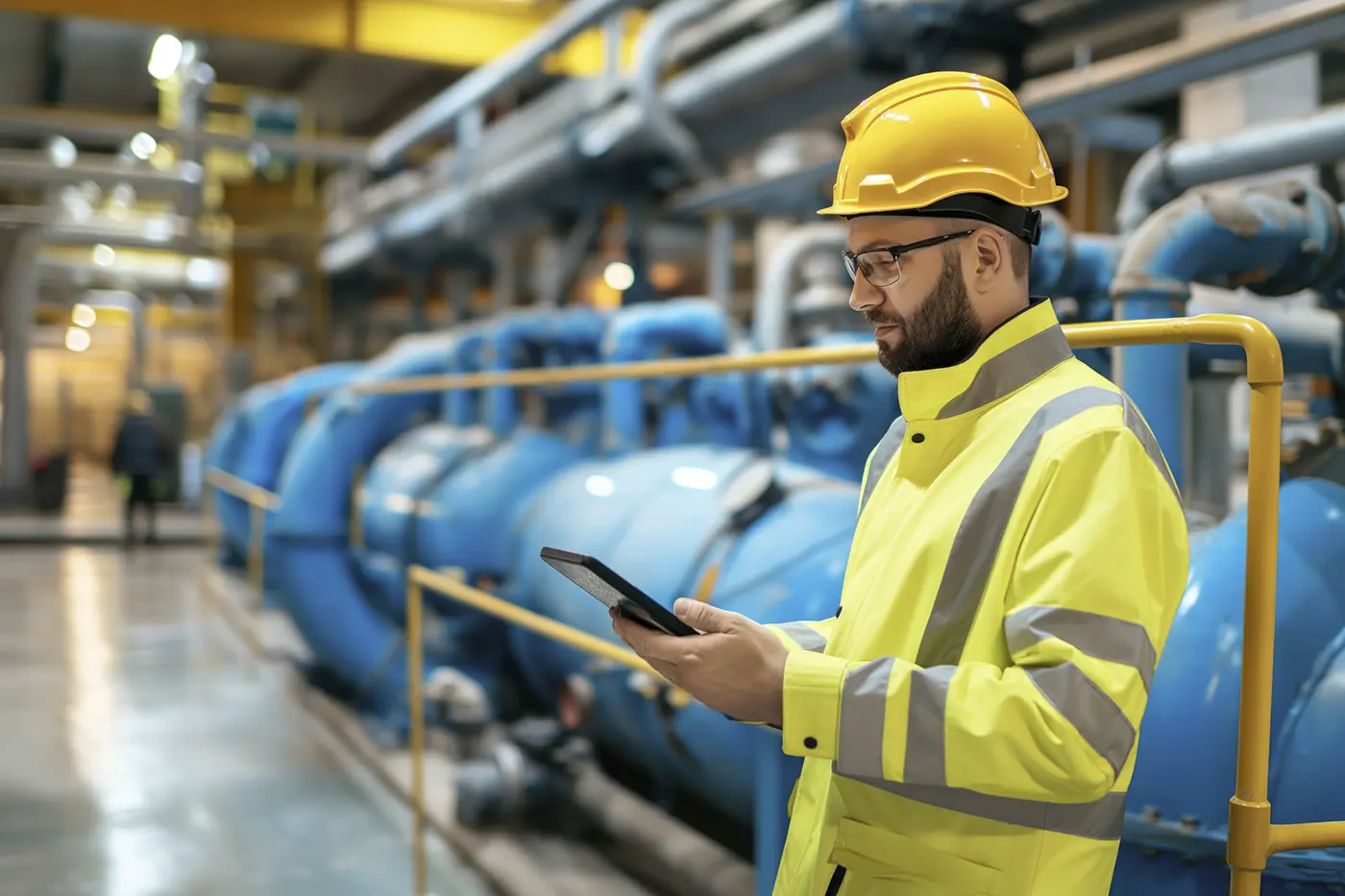This blog will analyze the need for gas detection in Canada, the relevant regulations and the key considerations for selecting the right equipment.
Gas Safety Regulations in Canada
Workplace safety in Canada is regulated by both federal and provincial law. The Canadian Centre for Occupational Health and Safety (CCOHS) plays an important role in reducing the risks in dangerous environmental conditions. The Occupational Health and Safety Act (OHSA) appoints employers to assess and control the presence of harmful gases including carbon monoxide, hydrogen sulfide and ammonia.
Good quality and reliable gas detection equipment must be installed to meet these requirements. To prevent injuries or deaths of workers, gas levels are controlled at specific thresholds which trigger a global gas alarm when these levels are exceeded. Wrongful acts concerning these rules can lead to very big penalties, closure of business, and even imprisonment.
Types of Gas Detection Equipment in Canada
- Personal Gas Detectors
They are portable and are worn by workers in high-risk environments. They are active monitoring devices that constantly check for harmful gases and set off an alarm when dangerous levels are detected. They are often used in places like mines, oil/gas sites and tight spaces like tunnels or tanks, where dangerous gases are a common risk. Personal gas detectors are easy to carry, making them valuable for protecting workers and allowing them to move freely while staying safe.
- Fixed Gas Detectors
They are installed permanently in structures that need constant surveillance. These detectors are strategically placed in high-risk areas, such as chemical plants or oil refineries, to monitor gas levels round-the-clock. When integrated with alarm systems and ventilation controls, fixed gas detectors can help prevent leaks and reduce the risk of gas-related incidents.
Importance of Using Gas Detection Equipment
Effective gas detection equipment in Canada is important for several reasons:
- Worker Safety: Both personal gas detectors and fixed gas detectors provide real-time alerts, ensuring the workers are less prone to the harmful effects of gases.
- Regulatory Compliance: Businesses in hazardous environments must follow Canadian gas safety rules. Using the right detection equipment helps meet standards set by organizations like CCOHS.
- Preventing Accidents: Finding gas leaks or high gas levels early can prevent major accidents, save lives, and reduce costs from damage or accidents.
Selecting the Right Gas Detection Equipment
When choosing gas detection equipment in Canada, it is essential to evaluate factors such as:
- Detection capabilities: Ensure the detectors can identify the specific gases in your work environment.
- Durability: Choose robust detectors that can withstand harsh conditions like extreme temperatures or corrosive environments.
- Ease of Use: The detectors should be user-friendly, enabling workers to interpret readings and take necessary actions quickly.
- Maintenance: Regular maintenance and calibration are crucial to ensure your personal gas detectors and fixed gas detectors remain functional and accurate.
Final Thoughts
Our effort at Valley WorkSafe is to provide top priority in helping workers stay safe on the job, especially in hazardous environments where gas leaks can be life-threatening. Gas detection is vital to workplace safety and using the right equipment can prevent accidents, protect workers, and ensure businesses meet Canadian safety regulations. Whether personal or fixed gas detectors, choosing reliable and easy-to-use equipment is key to reducing risks.
By providing safety training and resources, Valley WorkSafe is committed to helping workers return home safely every day. Safety isn’t just a requirement – it’s a responsibility we all share.
Related Videos: https://youtube.com/@valleyworksafe




